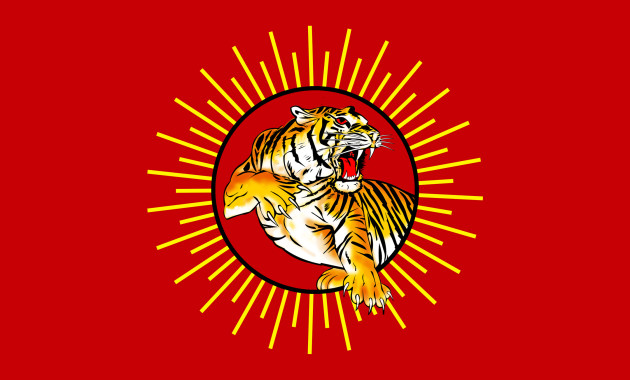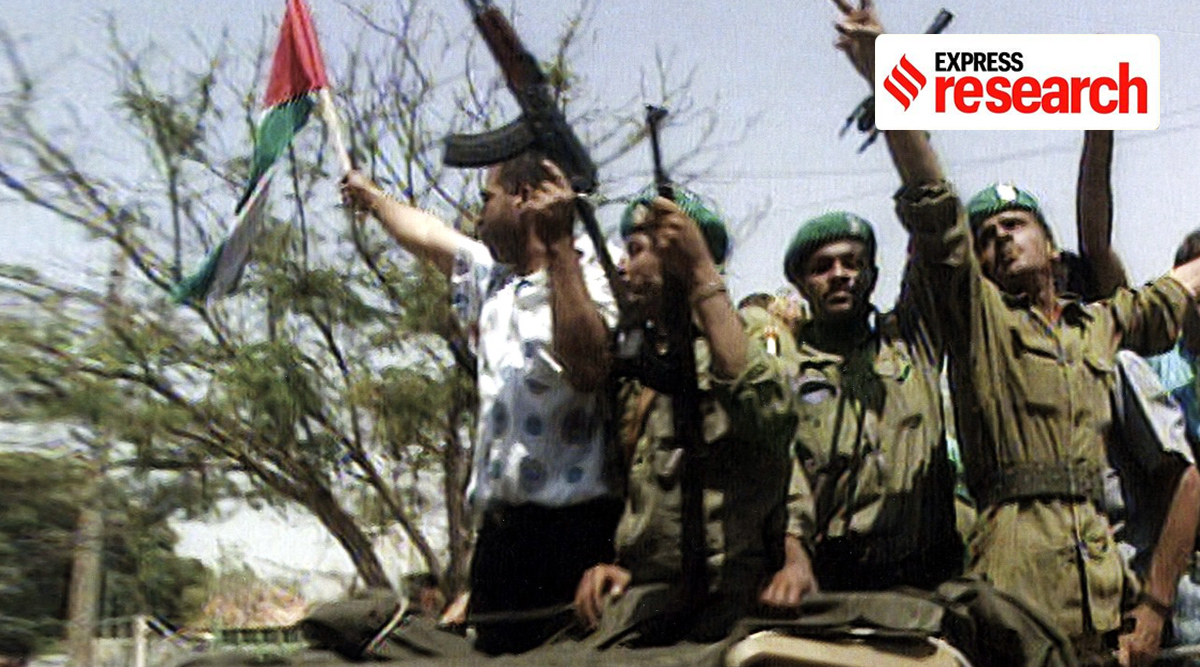

Against this background, the article presents a critical interpretation and contextual analysis of Tamil separatism in Sri Lanka. Consequently, it remains an important analytical challenge to understand the construction and politicization of regional interests.

Contrary to these expectations, regional autonomy movements continue to play a central political role within many states. This mode of reasoning has reappeared recently among authors who see globalization as a universal force that will eradicate regional economic inequalities, local identities and regional political mobilization. Regionalism has commonly been expected to dissolve as a consequence of the administrative regional penetration of the centralized modern state and the homogenizing forces associated with modernization. In conclusion, this paper suggests that the location of violence and female militancy within an ambivalent space of agency in narrative literature may also entail an unsettling of conventional figurations of war in gendered terms. This paper assesses how literary portrayals of female militancy vis-à-vis violence, empowerment, and victimhood challenge conventional history and narratives and, in doing so, contribute to expand the boundaries of our understanding of female militancy in times of violent conflict.
#Tigers tamil eelam archive#
This paper analyzes the representation of armed women in The Seasons of Trouble (Mohan, 2014), Island of a Thousand Mirrors (Munaweera, 2014), Tamil Tigress (De Soyza, 2013), and Under the Shadow of a Sharp Edged Sword (trans.) (Jeyakumaran, 2016) with the assumption that the genres of auto/biography and fiction offer an alternative archive within which seemingly polarized ‘truths’ entrenched in nationalist conflicts can be explored in their nuanced complexity. However, fictional and non-fictional literary work that were published in the aftermath of Sri Lanka’s war (1983-2009) between the state forces and the Liberation Tigers of Tamil Eelam (LTTE) seem to push the boundaries of the discourse on women, violence, and terror. Although in theory it is possible to conceptualize armed woman and violence as empowerment, in practice, the temporal realities that inevitably haunt any discussion of ‘terrorism’ and ‘terrorists’ in conflict ridden polarized societies severely curtail the terminology available to frame militancy in general and the ‘terror’ it generates as ‘liberatory’. The increasing visibility of armed women in violent conflicts in the modern world has unsettled conventional beliefs of inferiority, weakness, innocence, and the resultant fragility and victimhood of women. The article also outlines the contradictions between prevailing international attitudes to terrorism and the conduct of key international actors with regard to the protagonists in Sri Lanka and demonstrates how the sustained rhetoric of terrorism has become a serious impediment to reaching a permanent resolution of the conflict. While the Sri Lankan state has deployed the language of terrorism to further its strategic aims in both the domestic and international spheres, the label has not necessarily impeded the growth of the LTTE’s military capability but has, by denying the LTTE international legitimacy, undermined the organisation’s stated political project - Tamil self-determination. In particular, it examines how the characterisation of the conflict as a form of terrorism has affected its evolutionary course.

While the narratives presented by the LTTE and the state in support of their respective positions are complex and range across a number of issues, this paper is primarily concerned with the politics of the ‘terrorist’ label as applied to the LTTE. This article examines the politics of naming in one of the longest-running and most intractable conflicts in the world: that between the Liberation Tigers of Tamil Eelam (LTTE) and the Sri Lankan state.


 0 kommentar(er)
0 kommentar(er)
